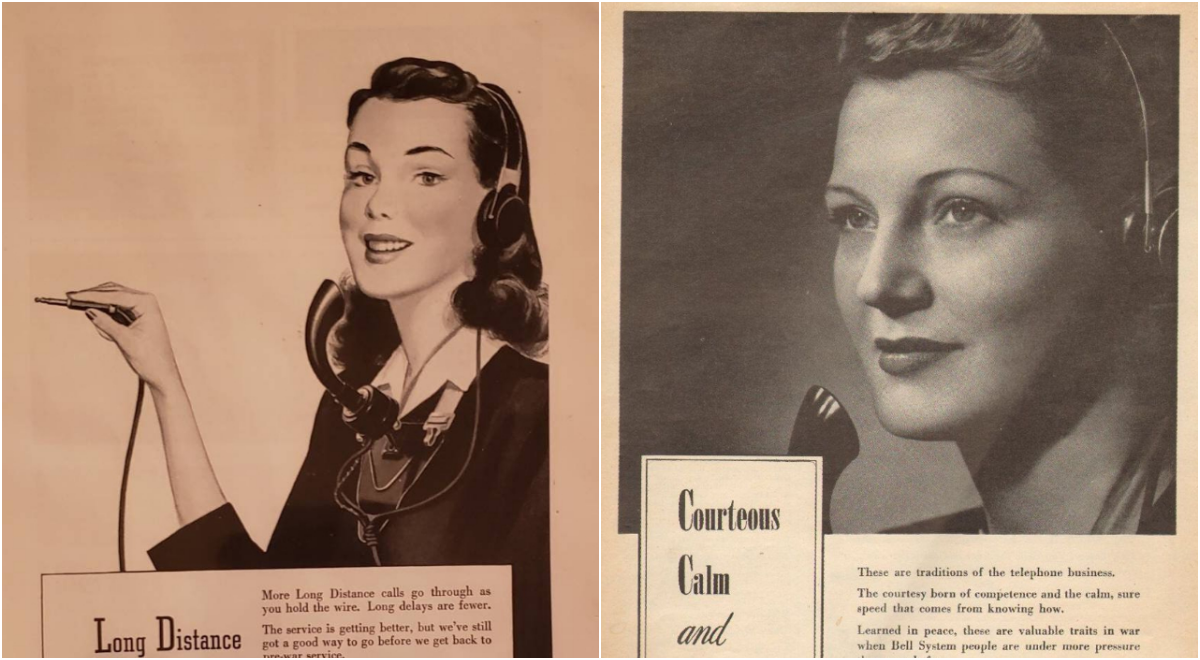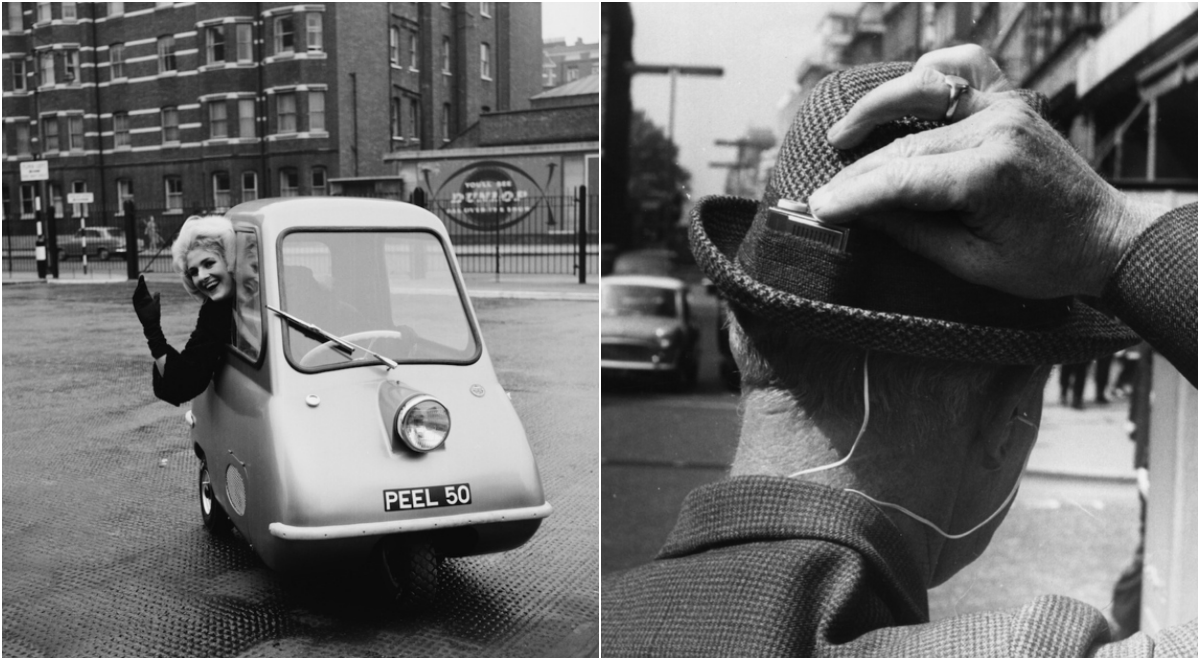
The original Waldorf-Astoria was among America’s first big hotels. When it was built during the Victorian era, and for years thereafter, it was considered the finest hotel in the world — and it soon became the most famous, for its reputation was carried wherever civilization had spread, and even where only explorers had gone.
The Waldorf–Astoria originated as two hotels, built side-by-side by feuding relatives on Fifth Avenue in Manhattan. Built in 1893 and expanded in 1897, the Waldorf–Astoria was razed in 1929 to make way for construction of the Empire State Building. Its successor, the current Waldorf Astoria New York, was built on Park Avenue in 1931.
The original Waldorf Hotel opened on March 13, 1893, at the corner of Fifth Avenue and 33rd Street, on the site where millionaire developer William Waldorf Astor had previously built his mansion. Constructed in the German Renaissance style by Henry Janeway Hardenbergh, it stood 225 feet (69 m) high, with 15 public rooms and 450 guest rooms, and a further 100 rooms allocated to servants, with laundry facilities on the upper floors. It was heavily furnished with European antiques brought back by founding proprietor George Boldt and his wife from an 1892 visit to Europe. The Empire Room was the largest and most lavishly adorned room in the Waldorf, and soon after opening, it became one of the best restaurants in New York City, rivaling Delmonico’s and Sherry’s.
The Astoria Hotel opened in 1897 on the southwest corner of Fifth Avenue and 34th Street, next door to the Waldorf. It was also designed in the German Renaissance style by Hardenbergh, at a height of about 270 feet (82 m), with 16 stories, 25 public rooms and 550 guest rooms. The ballroom, in the Louis XIV style, has been described as the "pièce de résistance" of the hotel, with a capacity to seat 700 at banquets and 1,200 at concerts. The Astor Dining Room was faithfully reproduced from the original dining room of the mansion which once stood on the site.
Connected by the 300 meters (980 ft) long corridor, known as “Peacock Alley” after the merger in 1897, the hotel had 1,300 bedrooms, making it the largest hotel in the world at the time. It was designed specifically to cater to the needs of socially prominent “wealthy upper crust” of New York and distinguished foreign visitors to the city. It was the first hotel to offer electricity and private bathrooms throughout.
 |
| The Royal Suite – Louis Bedroom – The Astoria |
 |
| Fifth Ave Corner Suite – Drawing Room – The Astoria |
 |
| Double Bedroom – The Astoria |
 |
| Bathroom |
 |
| Louis XV Drawing Room – The Waldorf |
 |
| Astor Dining Room – The Waldorf |
 |
| Double Bedroom – The Waldorf |
 |
| Empire Suite – Bedroom – The Waldorf |
 |
| Empire Suite – Drawing Room – The Waldorf |
 |
| Greek Bedroom – The Waldorf |
 |
| Italian Renaissance Suite – Drawing Room – The Waldorf |
 |
| Louis XV Bedrooms – The Waldorf |
 |
| Pompeiian Bedroom – The Waldorf |
 |
| Reception Room of Astor Dining Room – The Waldorf |
 |
| Single Bedroom – The Waldorf |
 |
| East India Suite – Drawing Room – The Waldorf |
 |
| The Waldorf State Apartments – Francis I, Bedroom |
 |
| The Waldorf State Apartments – Henry IV, Drawing Room |
 |
| The Waldorf State Apartments – Louis XVI, Music Room |
|
|
| A Colonial Bedroom – The Waldorf |
Thanks you for viewing the articles, please like and share to your family !





